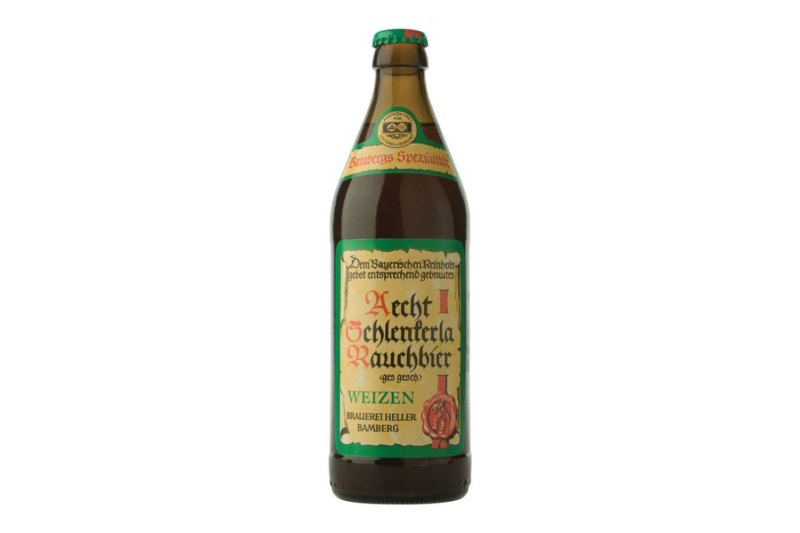The craft beer movement is fluid, in more ways than one. Beer styles shift alongside preferences while new hops present brewers with new opportunities to ace their signature IPAs. If there’s a gauge on the ever-changing industry, big gatherings like the World Beer Cup might just be it.
Now, the World Beer Cup does take some distilling. After all, this year’s gathering sprayed 350 awards over more than 100 categories across the sector. So, what were the trends? Where was the intrigue?
Read on for some major takeaways.
Lighter beers continue to lead

The light beer categories are as robust as ever, covering everything from American-style light lagers and cream ales to Italian pilsners and session IPAs. But don’t write these off as just beers with less body. Brewers are dialing these recipes in, which, due to their leanness, offer very little to hide behind. To make an award-winning light beer is a real task and it’s nice to see so many. A great example this year is the Solveza from Peaceful Side Brewery in Tennessee. The producer took home gold this year, a tip of the hat to a brewing team that worked on dozens of batches prior before finding the ultimate one. The Mexican-style lager is even made with a bit of local barley, emphasizing the concept of terroir that we’ll likely only see more of in craft beer going forward.
California dominance
Perhaps it’s no real surprise, but the Golden State dominated the Cup. In all, the state’s brewing scene was awarded 76 medals. California is home to nearly 1,000 craft breweries, from gold medal-winning Ghost Town Brewing in Oakland — honored for its New Zealand IPA — to Ventura’s MadeWest Brewing Co. With such a massive economic presence and a genuine love for agriculture, the backdrop for west coast breweries in California is golden indeed.
Brett beer is a category
Brett beer has been a thing for ages, often not intentionally so. It was long considered a flaw and still mostly is in sibling industries like wine. Since around 2000, brett has been a point of intrigue in beer as brewers grapple with the funkiness of Brettanomyces, a wild yeast strain that, when used wisely, can yield some complex beers. This year, the gold went to a free range farmhouse ale from Sun King Brewery in Indianapolis.
The best Irish stout is from Japan

Testament to just how international things have become, this year’s best classic Irish-style dry stout was awarded to a Japanese brewery. Minoh Brewery took top honors, part of a solid Japanese showing across the board. The craft scene is booming there, especially since tax legislation changed in the mid-90s, paving the way for new creative pursuits in the field. More proof of the worldly-ness of it all? An Aussie brewery made the best gluten-free beer while a Brazilian brewery made the best gose style beer.
Historical beer is a category
Beer nerds can’t help but salivate over a category like this. These brews honor age-old styles and this year was no different. Taking gold was a nordic farmhouse ale from Paddlefish Brewing Co. in Minnesota. The Scandinavian-inspired beer was actually a collaboration between brewery and a local gift shop. It’s made with birch leaves, juniper berries, lemongrass, and a special yeast strain imported from Norway. Equally interesting was the bronze medal winner, a Lichtenhainer beer, or style from Germany that’s at once smoky and sour.
Pumpkin beer is no longer a joke
While pretty much a seasonal, pumpkin beer has evolved from something we dutifully pour in our glasses every October to a category with real potential. This year’s gold went to Not Your Grandma’s Pumpkin Ale from Grand Junction Brewing Co. in Indiana. It’s an autumnal warmer, coming in at 8% ABV and showing all those thawing baking spice notes. It’s good to see brewers experimenting a big here, as well as dialing back on the adjuncts and pumpkin and focusing on the beer-ness too.
Germany runs the smoke beer show

Some things don’t change, or at least not as rapidly. Germany invented the smoked beer style, or rauchbier, hundreds of years ago. It remains a tradition there although some producers elsewhere have taken the category on. This year at the Cup, Brauerei-Gasthof Kundmüller took gold. Silver and bronze went to American breweries, so maybe it’ll eventually become a thing here. It’s certainly an esoteric beer worth seeking out, especially if you’re fond of peaty Scotch or smoky food.
NA beer everywhere
Non-alcoholic beers aren’t just having a moment, it’s a movement. The 2025 Cup saw a number of NA categories, from specialty NA beer and classic NA ale or lager to hoppy NA beer. Winners hailed from all over the U.S. and beyond, including Brazil, China, and Lithuania.
Craft beer is a global phenomenon leaning towards lighter styles and the NA movement at large. It’s also still a deeply creative arena focused on not only raising the bars for age-old styles but perfecting the modern ones too. That’s got us pretty excited for next year’s Cup.



